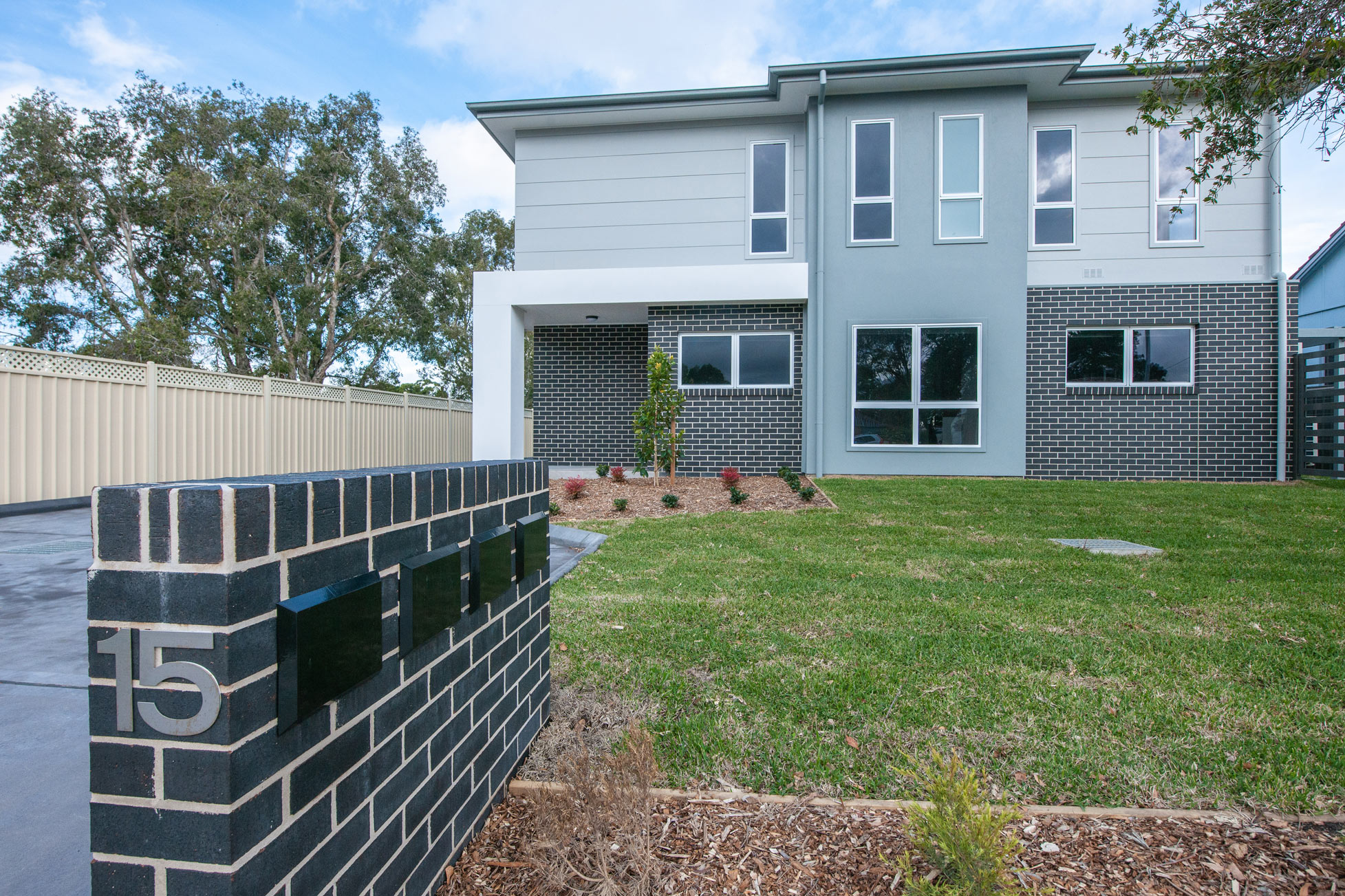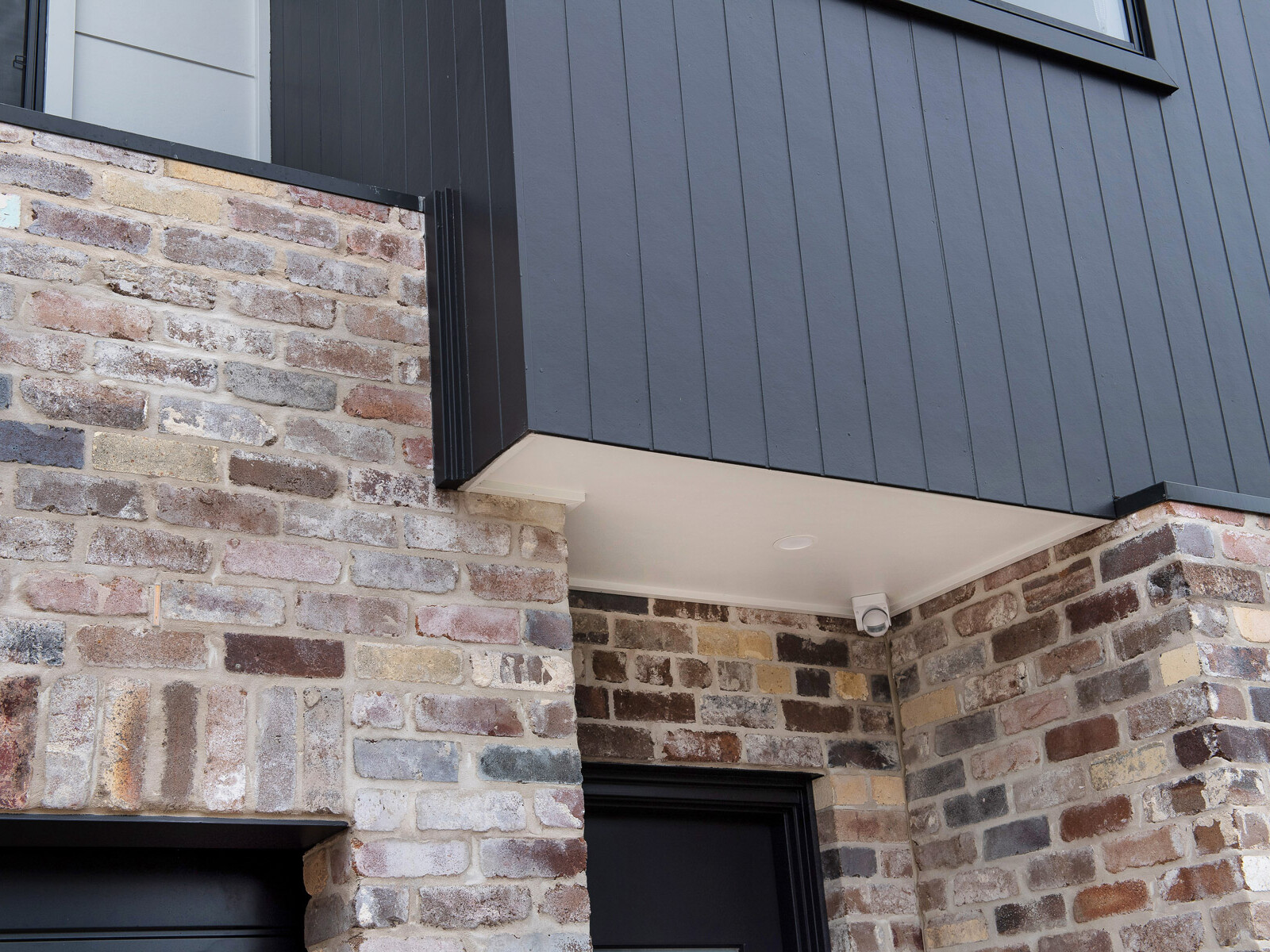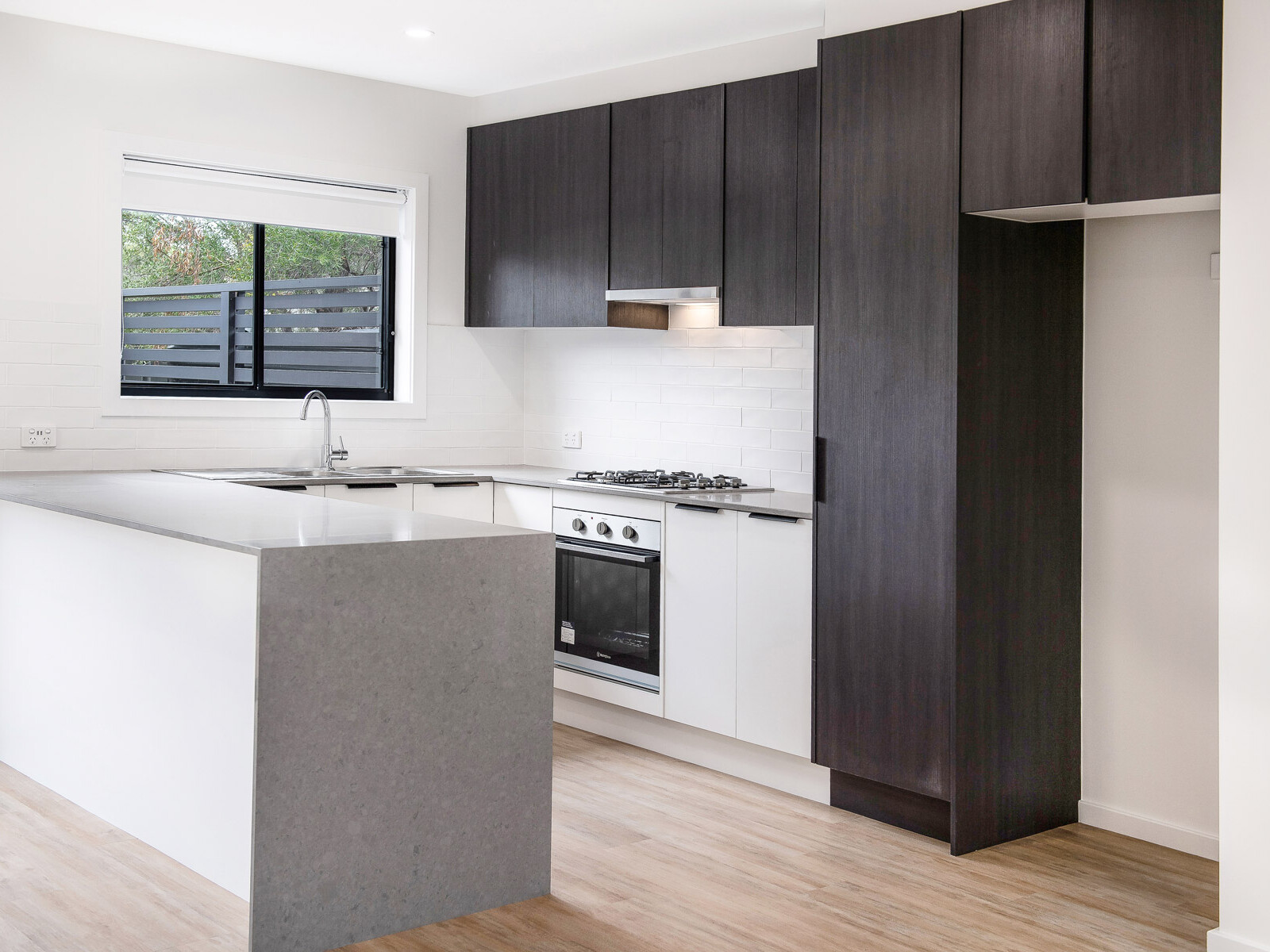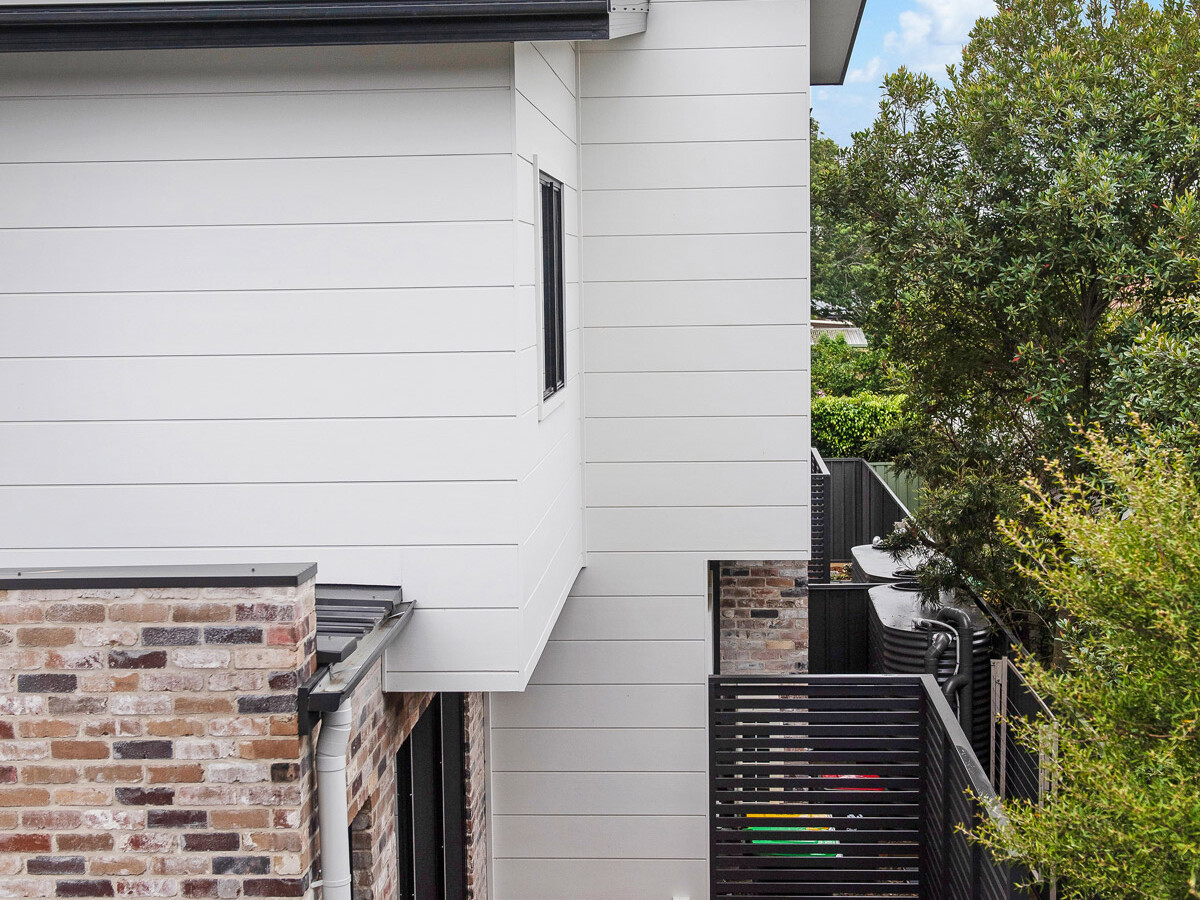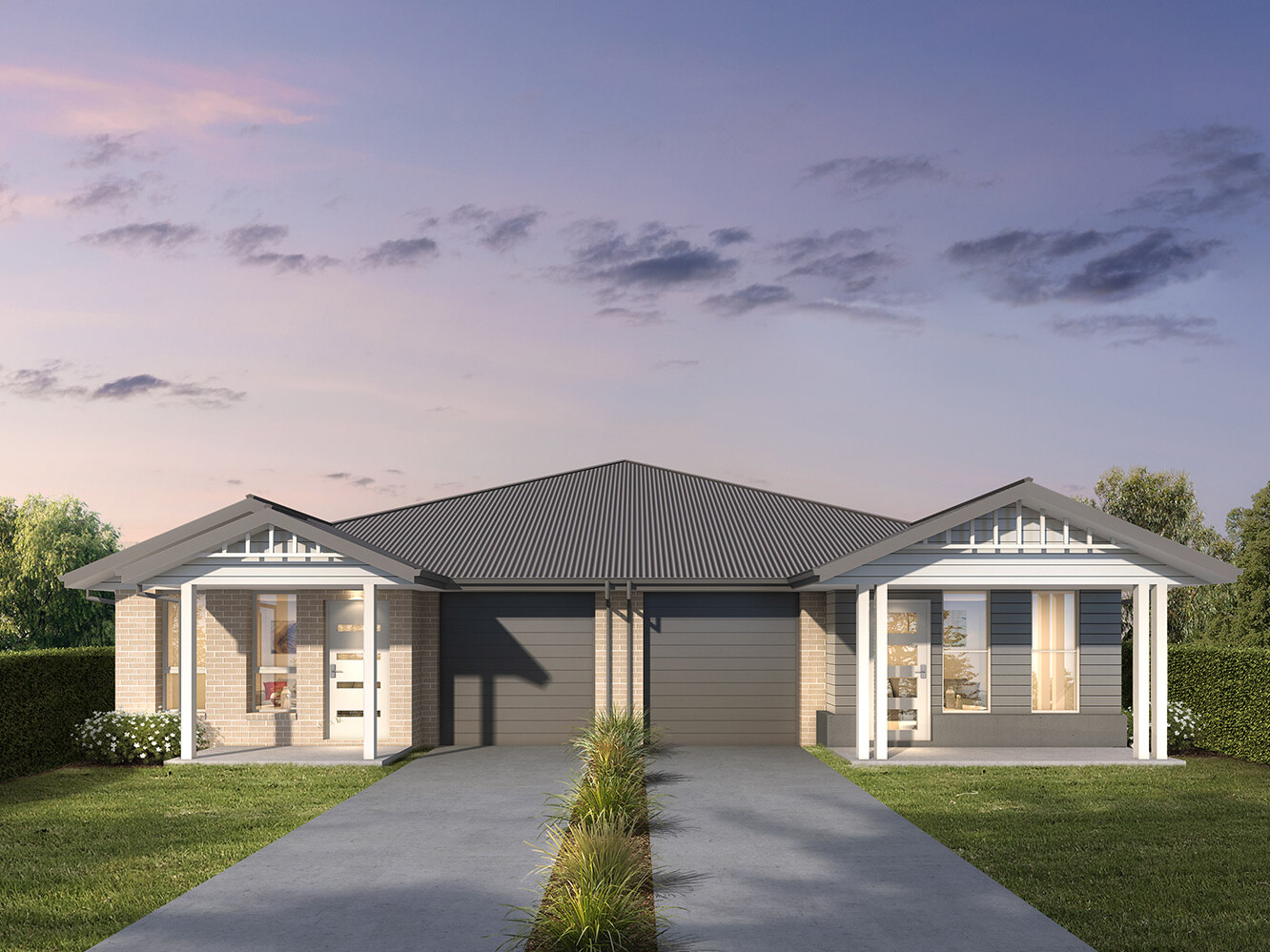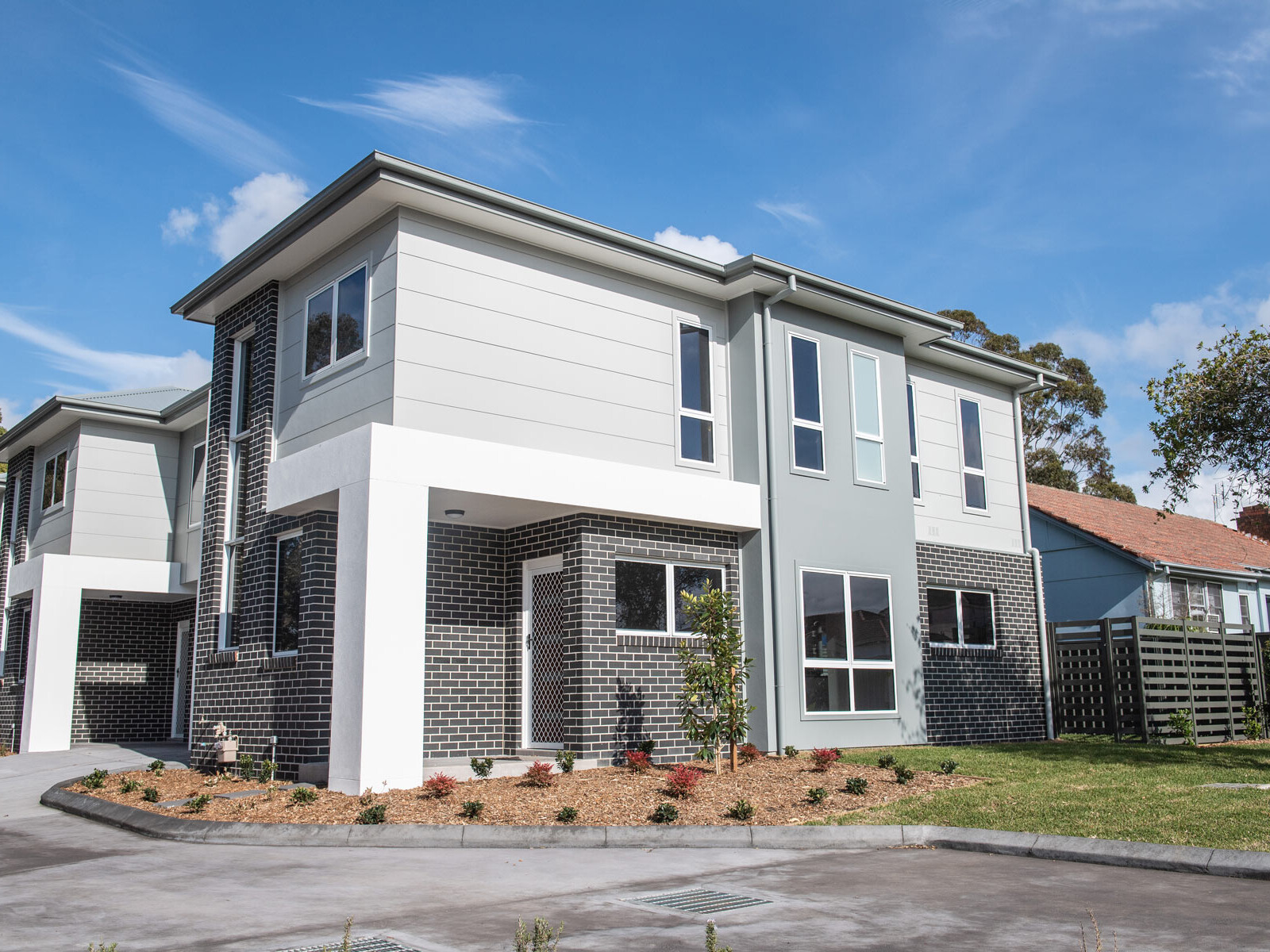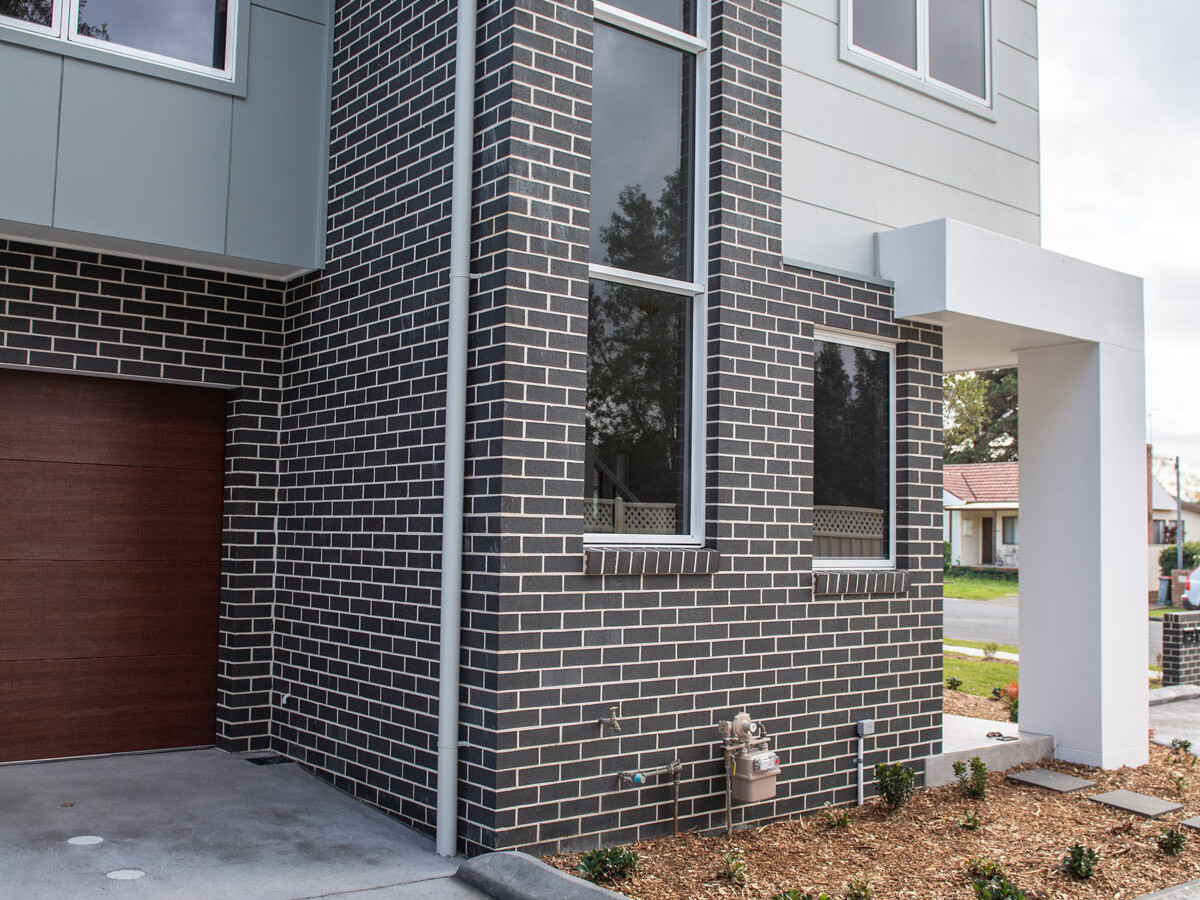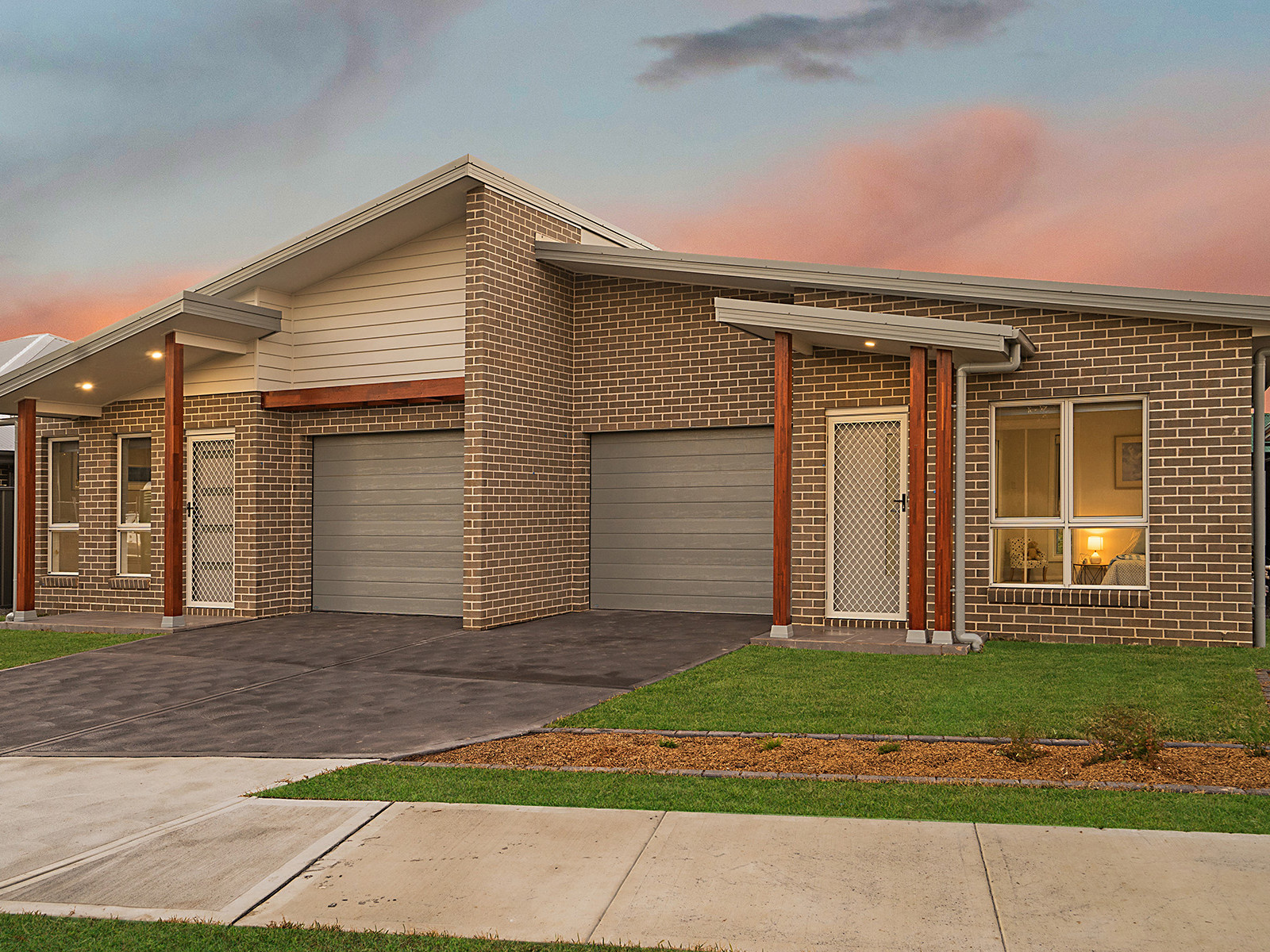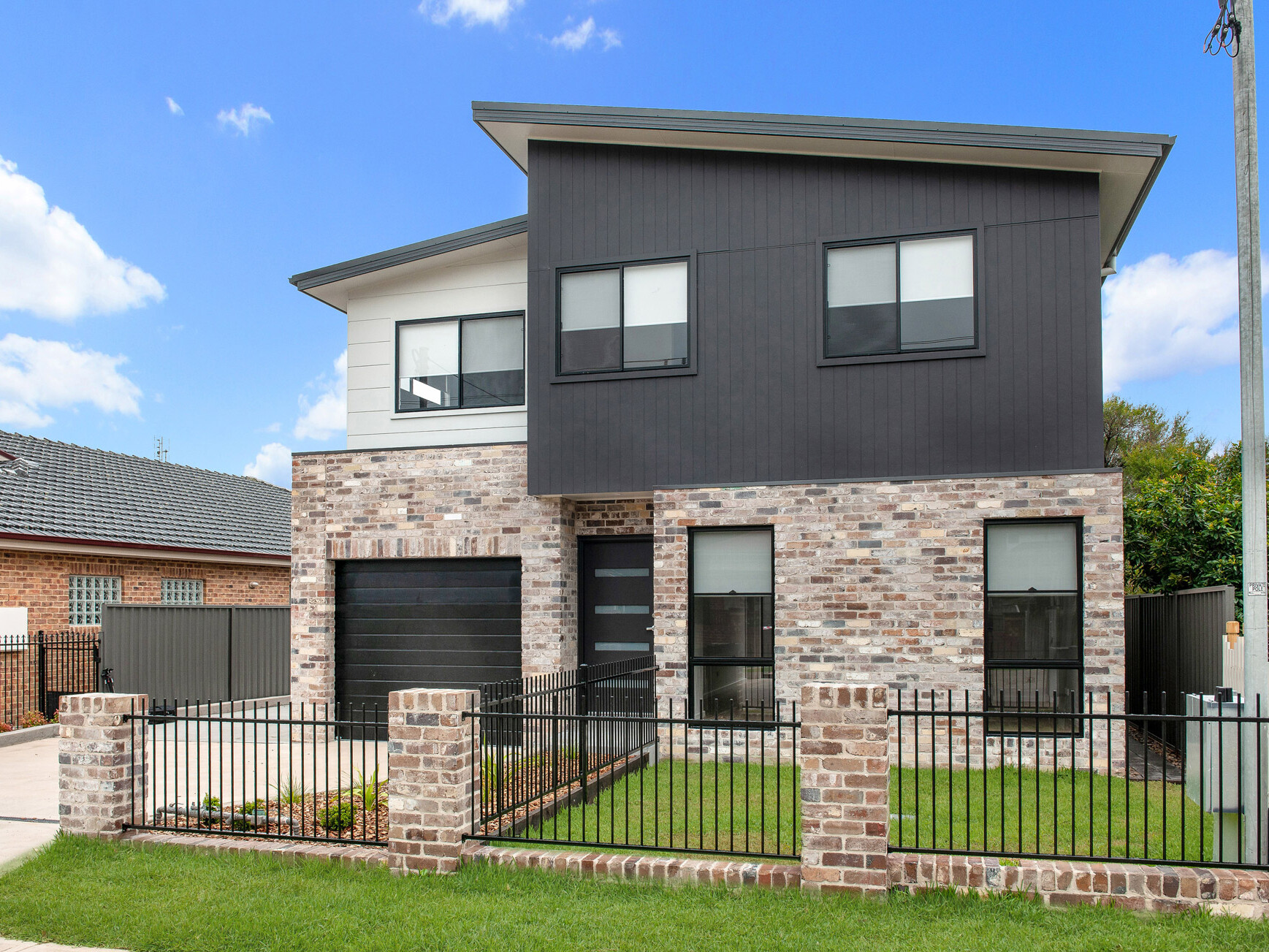MAXIMISE YOUR PROPERTY INVESTMENT WITH SUBDIVISION
With zoning allowing for more multi-dwelling housing we’ve seen a shift away from the traditional ‘one house per block’ as builders take advantage of opportunities to subdivide blocks into townhouses, duplex and triplex developments, and multiple house projects.
It’s no surprise that regional areas in NSW are experiencing growth with more people being forced out of the Sydney housing market and looking for the ease of living that comes with relocating to regions such as the Hunter Valley, Newcastle, Port Stephens and Lake Macquarie. Councils are planning for this population growth and their housing strategies are focused on ways to accommodate housing density. Their goal is to have an increase in diverse, affordable and adaptable housing. This is why savvy property developers and investors are looking to these coastal and rural areas for their next property development.
A multi unit property investment is not solely for the professionals.
You might have a generous block of land and fresh ideas to build a multiple house project – and why wouldn’t you? Many property owners are looking at ways of maximising the potential of their land. In many situations it can be more economical to build a dual occupancy or duplex than go through a major renovation. Using existing land for multiple dwellings can provide income and rental returns if done with careful consideration and reliable advice.
If you’ve made the decision to subdivide, build a townhouse, a multi-unit block or anything in the property development realm, you need to understand which council you’ll be dealing with first to know what is and isn’t possible – and profitable. Doing your research will ensure you get council approval.
Council considerations
Council will consider a number of important factors when determining whether a block of land is suitable for subdivision. Each council has their own list which may include the following:
- Zoning and land use objectives. For example, City of Newcastle has Renewal corridors in the suburbs of Islington, Mayfield, Hamilton, Broadmeadow and Adamstown. These are zoned for increased diverse, affordable and adaptable housing, so we’re seeing an increase in council approvals for property developments similar to inner-city areas with a mix of terraced, detached and semi-detached houses and low-rise apartment blocks.
- Lot configuration. Councils need to ensure that the lot is physically capable of development, and will achieve the most effective use of the land. Allotment orientation helps determine solar efficiency, and there is a preference for lots to be oriented to the north to reduce overshadowing. It’s worth knowing that site conditions such as slope can also increase lot sizes and constrain future development.
- Physical constraints need to be assessed for flooding, sea level rise, bushfires and geotechnical issues. In the Newcastle and The Hunter Valley, in particular, mine subsidence is an area of concern and requires additional approval from Subsidence Advisory NSW. So too, bushfire prone land also requires approval from the NSW Rural Fire Service.
- Availability of public utilities (water, sewer, electricity, gas, telecommunications and roads)
- Loss of environmental quality including the removal of vegetation or impact on watercourses.
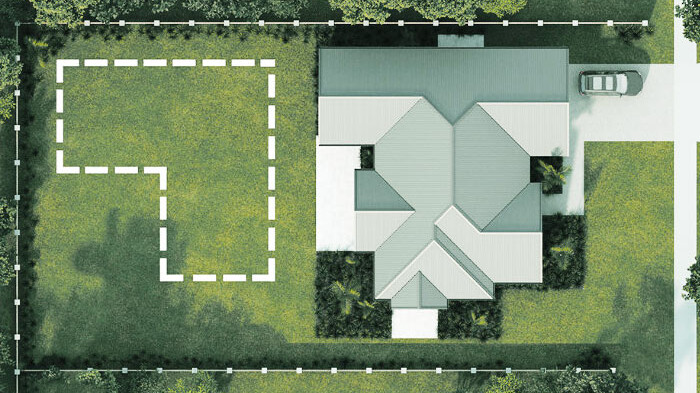
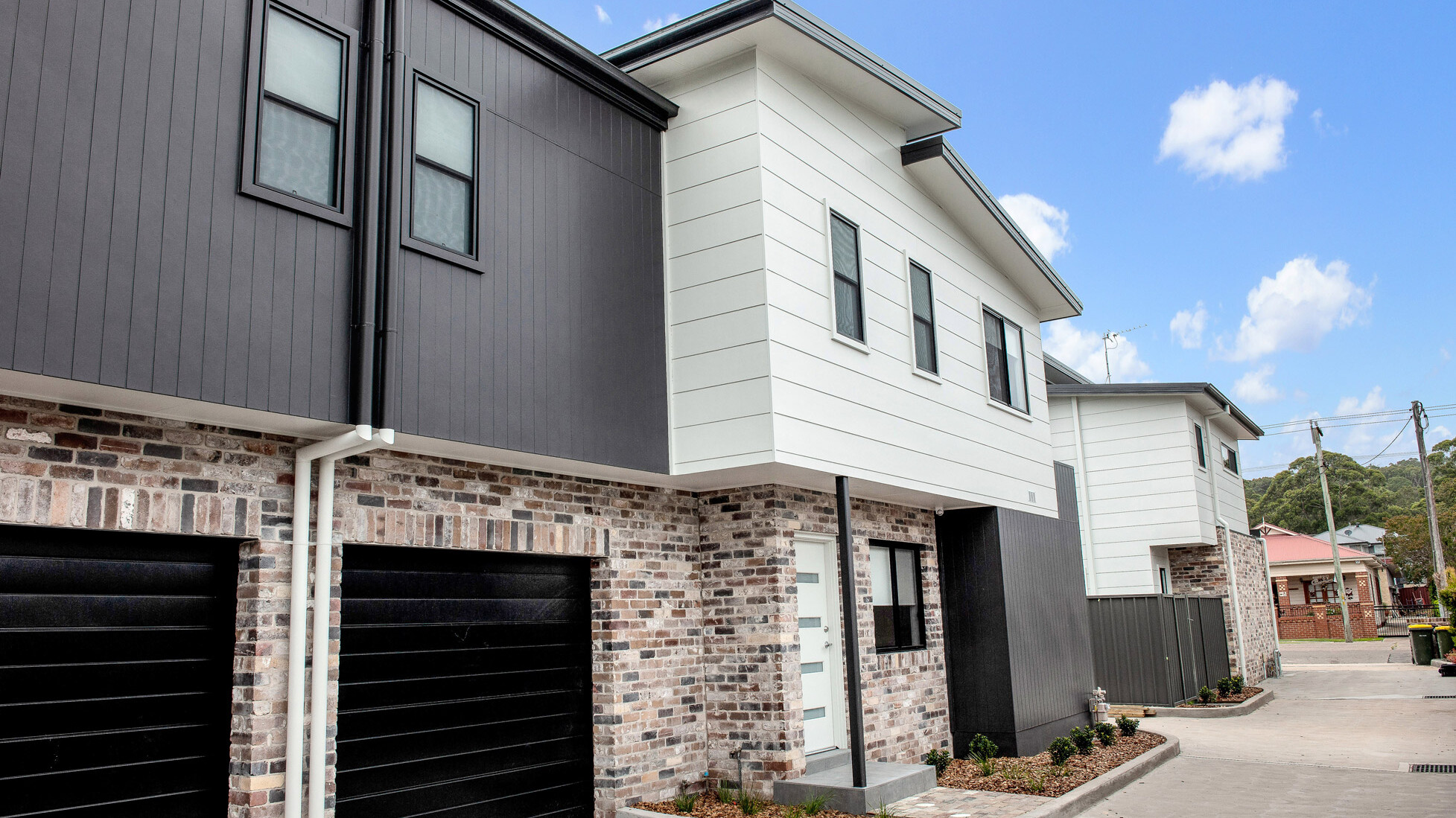
So what else does subdivision involve?
The process of subdividing land creates new lots of land or changes the size of the existing allotment. There are different types of subdivision and it’s worth understanding which one is applicable to your property development.
Boundary adjustment is when boundaries are changed between two or more lots of land without creating a new lot.
Torrens Title involves creating new allotments from an existing allotment. The land is divided into single lots which are individually owned by the land owner. Each newly created Torrens title will have separate utilities including water and sewer services.
Strata Title is the most commonly used form of subdivision for residential apartments, dual occupancies, townhouses, and multi-unit developments. Strata subdivision gives ownership to individual portions of a larger property and a share of common property such as gardens and driveways.
Community Title usually refers to very large estates and involves the subdivision of land so that every lot has a separate title but also shares a common piece of land such as pool, BBQs, driveway and gardens.
Feeling bamboozled? Valley Homes can make the process easier for you
Subdivision can seem like an overwhelming undertaking and that’s why a lot of smart investors and developers take advantage of Valley Homes’ expertise and experience. The Valley Homes management team works with highly experienced support staff and draws on essential relationships with local surveyors, certifiers, town planners and engineers. Valley Homes builds only in the Hunter Valley, Newcastle, Port Stephens and Lake Macquarie, and we know council regulations inside out! Engaging a well- established, local project builder is a sure way to obtain relevant council approval and guarantee that the subdivision of your property goes smoothly.
Call Valley Homes and let us help you activate your property development.






